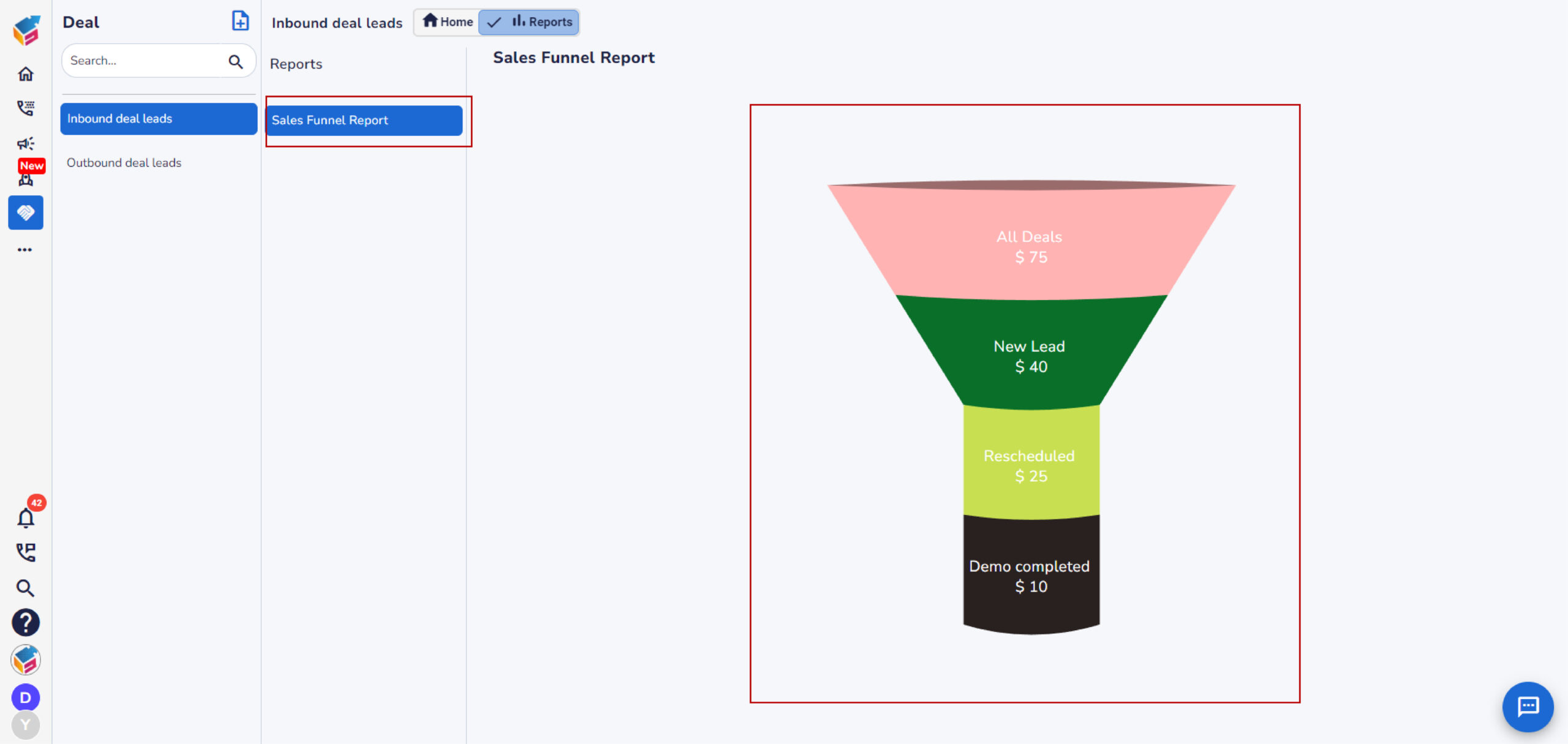Table of Contents
Sales are the backbone of every business which will give revenue to the business. Businesses should focus more on boosting sales by implementing various sales strategies.
Sales capacity planning is essential for every business to improve their sales and revenue of the business.
In this article we will explore what sales capacity planning is, why it is important, benefits and challenges of sales capacity planning, and how to implement an effective sales capacity planning.
What is sales capacity planning?
Sales capacity planning is a strategic method used to forecast a company’s revenue by assessing the number of resources available. This form of predictive analysis helps in making informed decisions about hiring resources to optimize the company’s growth.
The sales capacity model includes:
- Evaluating the current sales team size and their productivity levels.
- Determining the number of deals needed to meet sales targets.
- Estimating the time required for new hires to achieve their targets.
Businesses leverage sales automation platforms to streamline their sales management processes. These tools automate various tasks, including lead management, customer engagement, sales forecasting, pipeline management, and report generation. CRM tools, equipped with predictive analytics capabilities, are instrumental in sales capacity planning. YoroCRM, a CRM automation tool, offers multiple features that enable users to build various pipelines, manage campaigns, track conversions, forecast sales, integrate with other applications, and generate detailed reports.
Why sales capacity planning?
- Sales Forecasting: Sales capacity planning enables the team to accurately predict productivity based on the available resources and their capabilities. This approach offers precise insights into the team’s overall efficiency.
- Team Transparency: Evaluating each member’s efficiency allows the team leader to set clear and transparent targets. This fosters transparent expectations within the team, considering each resource’s skill set, availability, and performance.
- Setting Appropriate Targets: Establishing the right targets is essential for achieving sales goals. Applying the same target to all resources can lead to poor results, as each resource differs in skill sets, efficiency, and work nature. Sales capacity planning assists the team leader in setting appropriate targets based on thorough evaluations, motivating resources to meet their individual targets effectively.
- Maximizing Efficiency: Analyzing each resource and setting suitable targets instills confidence and motivates team members to reach their goals. This approach enhances the team’s overall efficiency and boosts sales performance.
Benefits of sales capacity planning
- Assess each resource’s skills, availability, and performance.
- Identify opportunities to expand sales capacity.
- Monitor progress toward sales goals and revenue targets.
- Deliver insights that enable the team to make informed decisions and implement effective sales strategies.
- Improve team transparency.
- Foster a deeper understanding of each team member’s capabilities.
Challenges in sales capacity planning
- Unclear objectives are a big objective for creating successful sales capacity planning.
- Using outdated spreadsheet methods to follow sales capacity planning.
- Lack of collaboration does not provide a proper understanding of the team members.
- Lack of real-time data will never provide accuracy in sales capacity planning.
Implementing effective sales capacity planning
- Understand your team: Analyze your team structure, including each member’s skills, availability, and responsibilities. This helps the team leader understand their team members better and distribute the workload more efficiently. Not all team members will navigate the sales cycle in the same way; each person has their unique approach. From lead generation to lead conversion, efficiency varies among individuals. By aligning tasks with each member’s skill set, team leaders can enhance overall efficiency. Sales automation tools offer report-generation features that provide valuable insights into team performance.

- Determine the average deal size: Determine the team’s average deal size by analyzing the total number and value of deals closure. This can be achieved by reviewing all past deals. YoroCRM simplifies this process by providing comprehensive deal reports in a funnel chart format, allowing you to filter deals at various stages.

- Determine quota and ramp: Set targets and ramp-up times for each team member based on their skills and capabilities. Breaking down the entire task into smaller sub-tasks and assigning them to multiple resources boosts overall efficiency. With responsibilities distributed among several team members, the efficiency of the task increases significantly.
- Leverage data: The team leader should gather and analyze all necessary data to calculate these metrics. Automation tools can generate sales reports on various factors, including team performance, individual resource performance, overall sales, revenue generated, and targets achieved. Utilizing these features enables leaders to collect data tailored to their needs.
Boost your revenue with YoroCRM
YoroCRM provides a range of features that empower CRM teams to execute successful sales capacity planning. These features enable tracking and analysis of real-time metrics such as team member performance, revenue achieved, and sales conversions. YoroCRM also includes numerous built-in templates that enhance lead management, event planning, sales pipeline management, and invoice tracking. By leveraging these features, CRM teams can gather the necessary data to implement their sales capacity planning more effectively.




